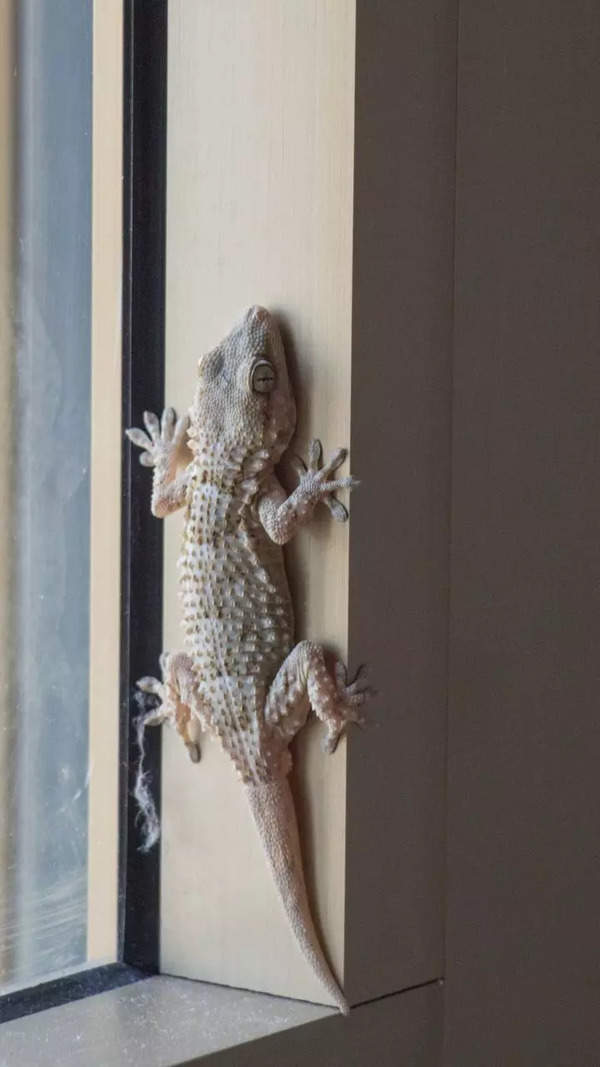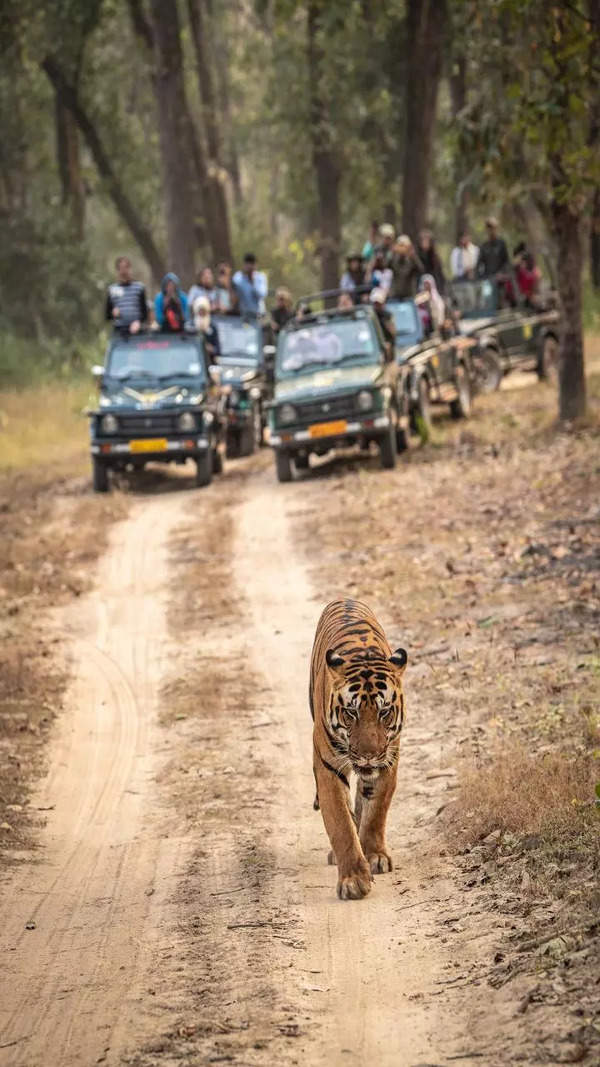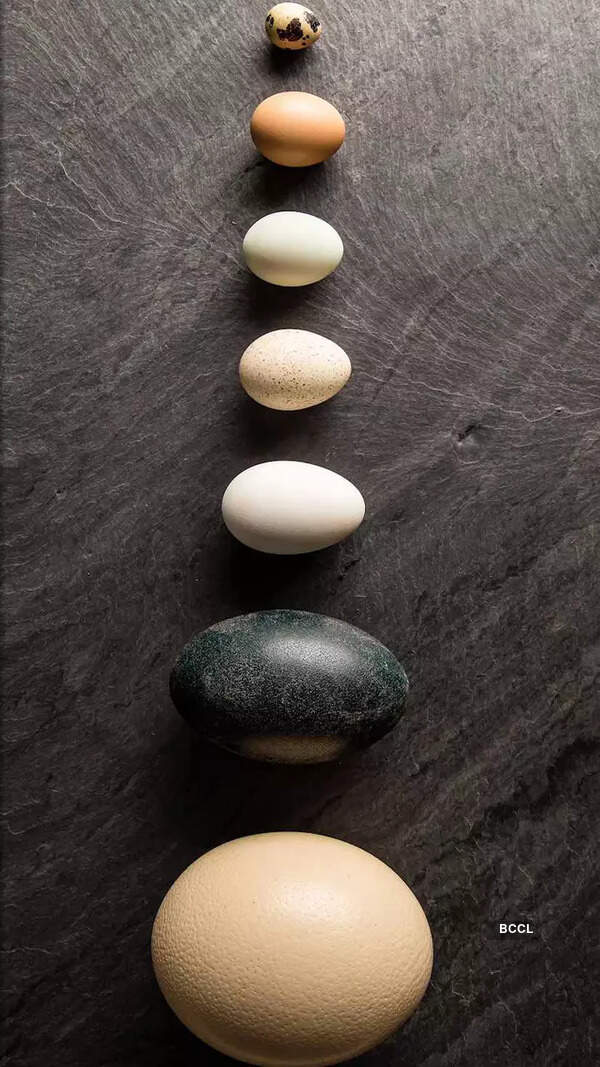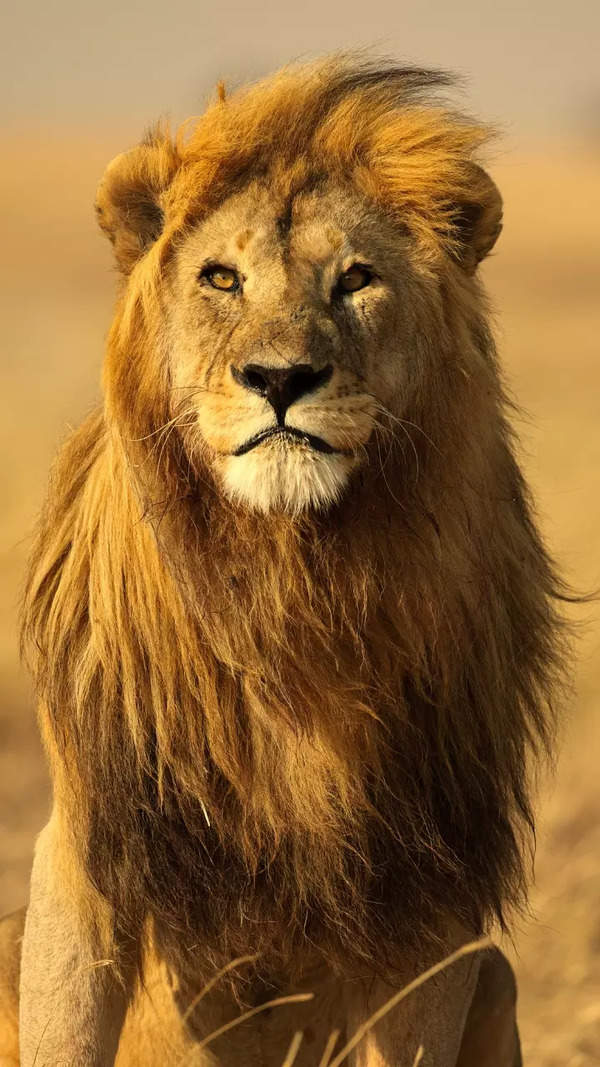Trending
Scientists uncover a strange mongolian dinosaur with 'sharp, huge' claws; know all about it
Paleontologists have discovered the largest fully preserved dinosaur claw in Mongolia’s Gobi Desert, belonging to a new species, Duonychus tsogtbaatari. This plant-eating dinosaur had two massive fingers, likely covered in feathers, with claws used for grasping branches and possible display behaviors.
In an extraordinary discovery, paleontologists have unearthed the largest fully preserved dinosaur claw ever found. The fossil, excavated in Mongolia’s Gobi Desert, belongs to a newly identified species, Duonychus tsogtbaatari, an unusual dinosaur with just two massive fingers on each hand. Researchers say its appearance might remind modern audiences of a bizarre mix of a sloth, a giraffe, and even Edward Scissorhands.
What makes this find particularly significant is that the keratin sheath covering the claw remains intact—an exceptionally rare occurrence in paleontology. Made of the same material as human fingernails, this sheath reveals that the claw was far longer than the underlying bone structure.
“It’s close to a foot in size,” said Darla Zelenitsky, a paleontologist at the University of Calgary and coauthor of a study published in iScience. “This is by far the biggest claw preserved for a dinosaur that has that keratinous sheath on it.”
The species’ name, Duonychus tsogtbaatari, is a tribute to Mongolian paleontologist Khishigjav Tsogtbaatar, while its genus, Duonychus, translates to “two claws” in Greek.

In addition to the well-preserved claws, the excavation also yielded fossilized remains of the dinosaur’s tail, backbone, hips, legs, and arms. The fossils were initially discovered several years ago by staff at Mongolia’s Institute of Paleontology, which is part of the Mongolian Academy of Sciences.
While Duonychus tsogtbaatari wasn’t a predator, its formidable claws may have served multiple purposes beyond feeding.
“They weren’t predators, but they could defend themselves with those claws. They were big and very sharp,” Zelenitsky explained.
The closest modern comparison to these unique digits would be the claws of a sloth, which uses them to grasp onto tree branches. However, scientists suggest the claws may also have played a role in display behavior, possibly for attracting mates or intimidating rivals.
For experts in the field, the discovery of a fully preserved keratin sheath on a dinosaur claw is a rare and exciting moment.
“I’ve seen fragments from other specimens from the Gobi, but never a whole sheath like this,” said David Hone, a paleontologist at Queen Mary University of London, who was not involved in the study. “The kind of preservation here, which is common to the vast majority of dinosaur-bearing formations, doesn’t usually preserve keratin. So that’s really important as we know there’s a pretty uncertain relationship between the keratin and the underlying bone.”
The strange, scissor-like appearance of therizinosaurs has earned them comparisons to the 1990 cult film character Edward Scissorhands.

“Most therizinosaurs had long claws to grab and manipulate plants, giving them this reputation as Edward Scissorhands dinosaurs,” said Steve Brusatte, a professor of paleontology at the University of Edinburgh.
However, Duonychus tsogtbaatari stands out even among its unusual relatives.
“But this one is unique in having only two fingers on each of its giant arms, so they really do look like oversized tongs you might use when barbequing,” Brusatte added.
Only a few dinosaur species evolved to have just two fingers, with Tyrannosaurus rex being the most famous example. Even rarer were dinosaurs with a single finger. But while T. rex’s tiny arms were unlikely to have played a major role in its hunting strategy, therizinosaurs likely relied heavily on their claws.
“But whereas T. rex probably wasn’t using its pathetic little arms for much, and definitely not for combat or subduing prey, these therizinosaurs were using them as an integral part of their feeding strategy,” Brusatte explained.
Adding to its already peculiar appearance, Zelenitsky noted that Duonychus tsogtbaatari was most likely covered in feathers, just like other known therizinosaurs.
“This is yet another example of a wonderful new dinosaur that we couldn’t have dreamed ever existed if we didn’t find its fossils,” Brusatte said.
With every new discovery, paleontologists continue to uncover the astonishing diversity of dinosaurs that once roamed the Earth—some more bizarre than anyone could have ever imagined.
End of Article
FOLLOW US ON SOCIAL MEDIA
Visual Stories
Tired of too many ads?









